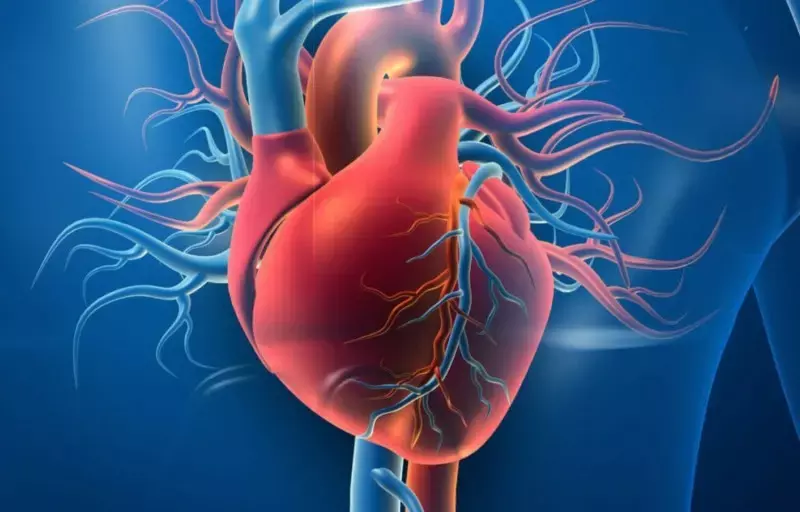- Home
- Medical news & Guidelines
- Anesthesiology
- Cardiology and CTVS
- Critical Care
- Dentistry
- Dermatology
- Diabetes and Endocrinology
- ENT
- Gastroenterology
- Medicine
- Nephrology
- Neurology
- Obstretics-Gynaecology
- Oncology
- Ophthalmology
- Orthopaedics
- Pediatrics-Neonatology
- Psychiatry
- Pulmonology
- Radiology
- Surgery
- Urology
- Laboratory Medicine
- Diet
- Nursing
- Paramedical
- Physiotherapy
- Health news
- Fact Check
- Bone Health Fact Check
- Brain Health Fact Check
- Cancer Related Fact Check
- Child Care Fact Check
- Dental and oral health fact check
- Diabetes and metabolic health fact check
- Diet and Nutrition Fact Check
- Eye and ENT Care Fact Check
- Fitness fact check
- Gut health fact check
- Heart health fact check
- Kidney health fact check
- Medical education fact check
- Men's health fact check
- Respiratory fact check
- Skin and hair care fact check
- Vaccine and Immunization fact check
- Women's health fact check
- AYUSH
- State News
- Andaman and Nicobar Islands
- Andhra Pradesh
- Arunachal Pradesh
- Assam
- Bihar
- Chandigarh
- Chattisgarh
- Dadra and Nagar Haveli
- Daman and Diu
- Delhi
- Goa
- Gujarat
- Haryana
- Himachal Pradesh
- Jammu & Kashmir
- Jharkhand
- Karnataka
- Kerala
- Ladakh
- Lakshadweep
- Madhya Pradesh
- Maharashtra
- Manipur
- Meghalaya
- Mizoram
- Nagaland
- Odisha
- Puducherry
- Punjab
- Rajasthan
- Sikkim
- Tamil Nadu
- Telangana
- Tripura
- Uttar Pradesh
- Uttrakhand
- West Bengal
- Medical Education
- Industry
What are lipid cutoffs for increased CVD risk in non-diabetic young people?

Korea: In nondiabetic young adults aged 20-39 years, even modest increase in lipid levels is tied to an elevated risk of cardiovascular disease (MI and stroke), a recent study in the European Journal of Preventive Cardiology has shown. The data provides potential criteria for CVD risk stratification based on real-world evidence.
There is no clarity on the relevance of blood lipid abnormalities to the risk of cardiovascular disease (CVD) in young populations. Seung-Hwan Lee, Department of Medical Informatics, College of Medicine, The Catholic University of Korea, Seoul, Korea, and colleagues aimed to identify the cutoff levels of lipid parameters for increased risk of CVD among nondiabetic young adults aged 20–39 years.
For this purpose, the researchers followed-up 6 204 153 subjects who underwent health examinations between 2009 and 2012 until the end of 2018 using data from a nationally representative Korean National Health Insurance System database. Incident CVD, defined as a composite of myocardial infarction and stroke wasthe primary outcome. The associations between pre-specified lipid levels and CVD risk was assessed. Also, they conducted a subgroup analysis of the number of cardiovascular risk factors (obesity, hypertension, and current smoking).
The findings of the study were as follows:
- During a median follow-up of 7.7 years, there were 0.23% cases of myocardial infarction, 0.15% cases of stroke, and 0.38% cases of composite CVD.
- Using total cholesterol (TC) level of <140 mg/dL, triglyceride (TG) level of <60 mg/dL, LDL-cholesterol level of <100 mg/dL, and non-HDL-cholesterol level of <130 mg/dL as reference groups, a significantly higher risk of CVD was observed in subjects with a TC level of ≥200 mg/dL, TG level of ≥60 mg/dL, LDL-cholesterol level of ≥130 mg/dL, or non-HDL-cholesterol level of ≥140 mg/dL.
- The cutoff levels of TC that had statistical significance for increased risk of CVD were 240, 220, and 200 mg/dL in subjects with 0, 1, or 2–3 risk factors, respectively.
"Even modest increases in lipid levels were associated with increased CVD risk in young adults with without a history of diabetes," the authors wrote. "Our data provide potential criteria for stratifying CVD risk based on real-world evidence."
Reference:
Mee Kyoung Kim, Kyungdo Han, Hun-Sung Kim, Kun-Ho Yoon, Seung-Hwan Lee, Lipid cutoffs for increased cardiovascular disease risk in non-diabetic young people, European Journal of Preventive Cardiology, 2022;, zwac139, https://doi.org/10.1093/eurjpc/zwac139
Dr Kamal Kant Kohli-MBBS, DTCD- a chest specialist with more than 30 years of practice and a flair for writing clinical articles, Dr Kamal Kant Kohli joined Medical Dialogues as a Chief Editor of Medical News. Besides writing articles, as an editor, he proofreads and verifies all the medical content published on Medical Dialogues including those coming from journals, studies,medical conferences,guidelines etc. Email: drkohli@medicaldialogues.in. Contact no. 011-43720751


